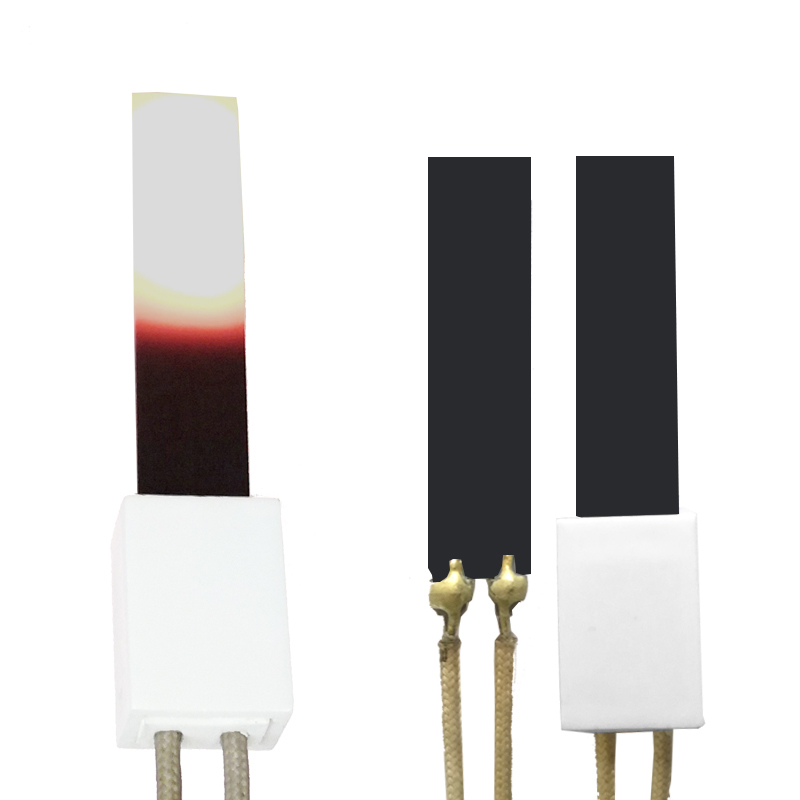Why Should You Choose Hot Surface Igniters for Reliable Ignition Performance?
2025-07-16
When I first started troubleshooting inconsistent furnace startups, I realized how essential a reliable ignition source is. That’s when I switched to hot surface igniters—and I’ve never looked back.
What Makes Hot Surface Igniters So Reliable?
Hot surface igniters work by reaching high temperatures quickly, igniting gas without open flames or pilot lights. I’ve found that this not only enhances safety but also improves ignition accuracy. For industrial and residential heating systems, they’re practically the gold standard.

How Can I Tell If My System Needs a New Hot Surface Igniter?
There are a few warning signs I always look for:
Frequent startup failures
Long ignition times
Cracks or visible wear on the igniter
Whenever I notice these symptoms, I recommend replacing the unit before it completely fails. It’s a small cost compared to the downtime it could cause.
What Features Should I Consider Before Buying?
When selecting a new hot surface igniter, I pay close attention to:
Voltage compatibility (usually 120V or 240V)
Material (silicon nitride lasts longer than silicon carbide)
Connector type and mounting design
Here’s a quick reference table I often use:
| Feature | Silicon Carbide | Silicon Nitride |
|---|---|---|
| Lifespan | Moderate (2–4 years) | Long (5+ years) |
| Durability | Brittle | High resistance to shock |
| Heat-Up Time | Fast | Slightly faster |
| Cost | Lower | Higher upfront |
Why Do I Trust Torbo® for My Hot Surface Igniters?
Over the years, I’ve used several brands, but Torbo® stands out for consistency and longevity. Their hot surface igniters heat up fast, fit perfectly, and I rarely need to do callbacks. In harsh environments, that peace of mind is worth it.
Can Installing the Right Igniter Save Money in the Long Run?
Absolutely. A high-quality hot surface igniter reduces startup failures, which saves both time and gas. I’ve seen facilities lower their energy costs simply by avoiding repeated ignition cycles.
Ready to Upgrade Your Igniter?
If you're experiencing inconsistent startups or unreliable performance, don’t wait. Switch to a high-quality hot surface igniter from a trusted brand like Torbo®. It’s a small change with a big impact.